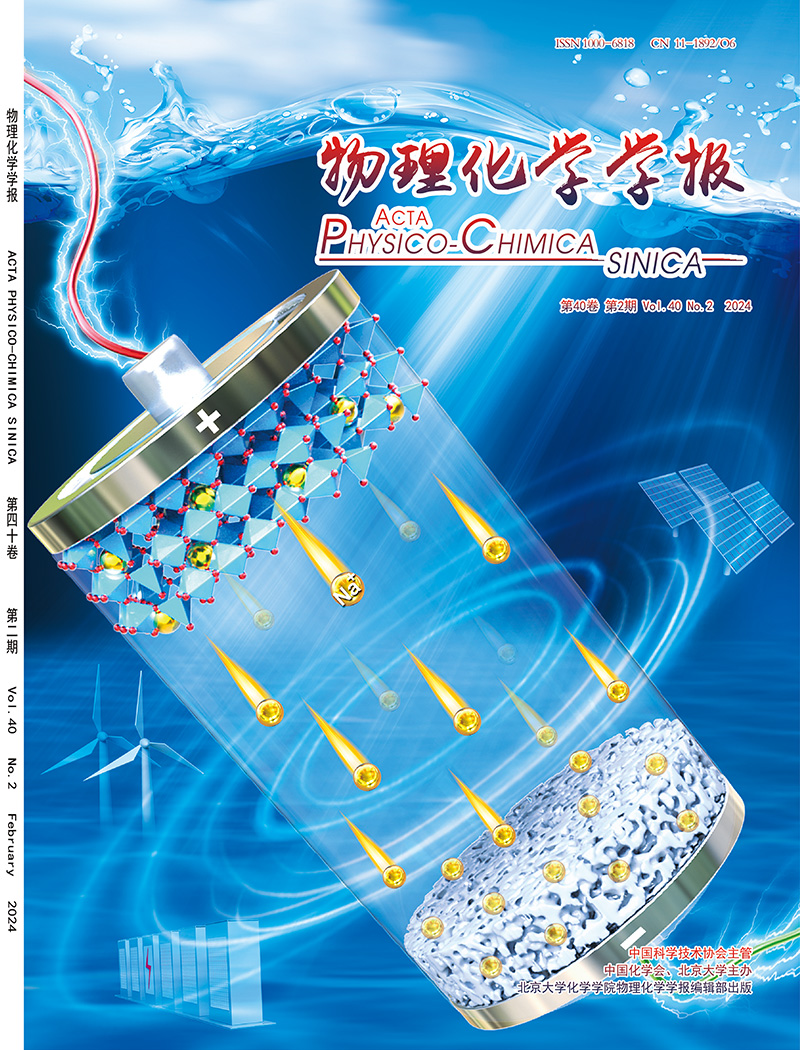Single-atom Pd boosted Cu catalysts for ethanol dehydrogenation
IF 13.5
2区 化学
Q1 CHEMISTRY, PHYSICAL
引用次数: 0
Abstract
Ethanol dehydrogenation is a vital elementary step in ethanol upgrading, for which Cu-based alloy catalysts are the most promising candidates. Nevertheless, elucidating the underlying reasons for the synergistic effect between alloying components and host metals remains challenging due to the intrinsic structural complexity and dynamic evolution of alloy catalysts under operational conditions. Herein, single-atom Pd modified Cu-MFI catalysts with well-defined structures were designed for ethanol dehydrogenation to acetaldehyde and hydrogen. Comprehensive characterizations using aberration-corrected high-angle annular dark-field scanning transmission electron microscopy (AC-HAADF-STEM), X-ray absorption spectroscopy (XAS), X-ray photoelectron spectroscopy (XPS) and density functional theory (DFT) calculations revealed that Pd atoms are isolated by surrounding Cu atoms with a coordination number of 9–10, forming −0.36e charged single-atom sites and being uniformly dispersed on the surface of Cu catalysts. The newly generated Pdδ− and Cuδ+ sites synergistically reduced the activation energy barrier for C–H bond cleavage in ethanol. These sites simultaneously enhanced hydrogen adsorption and H–H bond coupling, leading to improved ethanol conversion and acetaldehyde productivity over Pd/Cu-MFI catalysts.

单原子钯助铜乙醇脱氢催化剂
乙醇脱氢是乙醇升级的重要步骤,铜基合金催化剂是最有前途的候选催化剂。然而,由于合金催化剂的内在结构复杂性和运行条件下的动态演变,阐明合金组分与宿主金属之间协同效应的潜在原因仍然具有挑战性。本文设计了结构明确的单原子Pd修饰Cu-MFI催化剂,用于乙醇脱氢制乙醛和氢。利用像差校正高角环形暗场扫描透射电子显微镜(AC-HAADF-STEM)、x射线吸收光谱(XAS)、x射线光电子能谱(XPS)和密度泛函理论(DFT)计算对钯原子进行了综合表征,发现钯原子被配位数为9-10的铜原子所隔离,形成−0.36e带电的单原子位,并均匀地分散在Cu催化剂表面。新生成的Pdδ -和Cuδ+位点协同降低了乙醇中C-H键裂解的活化能垒。这些位点同时增强了氢吸附和H-H键偶联,从而提高了Pd/Cu-MFI催化剂的乙醇转化率和乙醛生产率。
本文章由计算机程序翻译,如有差异,请以英文原文为准。
求助全文
约1分钟内获得全文
求助全文

 求助内容:
求助内容: 应助结果提醒方式:
应助结果提醒方式:


